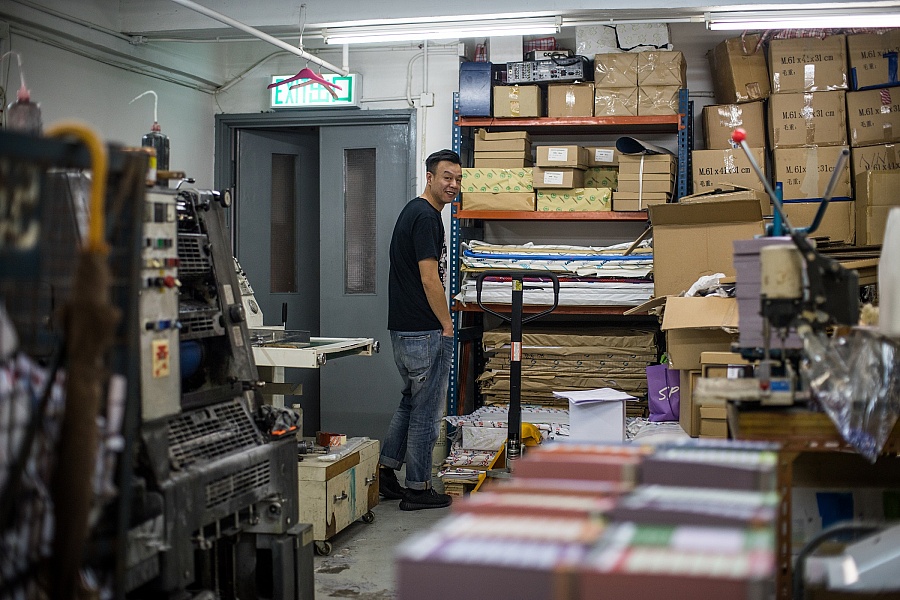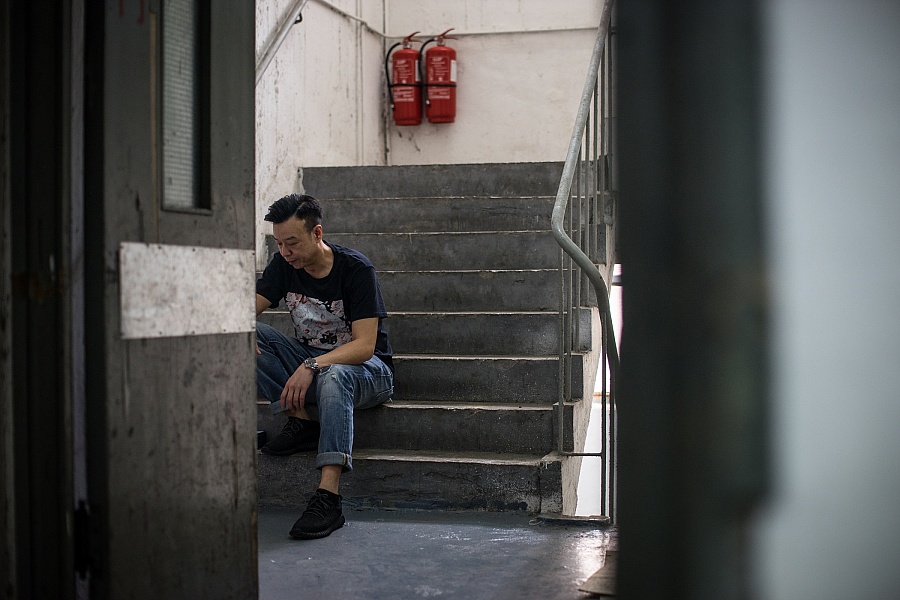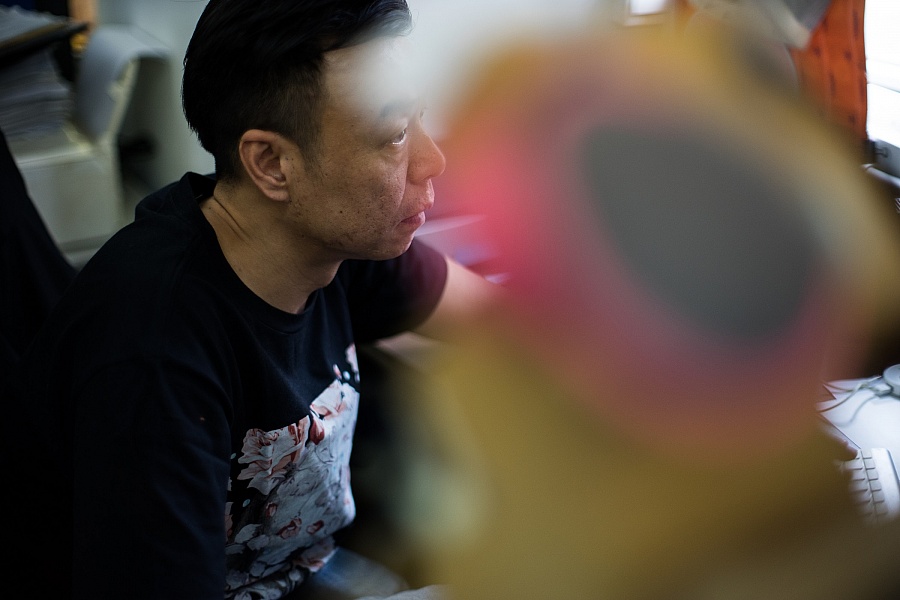Roy HUI Wai Keung
44 years old
Resident of Ap Lei Chau
Founded his own design company
“I began living in Wong Chuk Hang Estate when I was five years old. I stayed in the estate for kindergarten and primary school. Later we moved to Lei Tung Estate, and then Yue On Court. I miss the unique human trust of old public housing estates. We had twenty families living on every floor of Wong Chuk Hang Estate. I knew every one of those families. Families kept their doors open over summer, and we kids played in each other’s house.
In the evenings, hawkers set up their makeshift stalls for business. Rumour has it that if all hawkers decided to take a day off, a big fight was in the making. Everyone stayed indoor then. Once, I peeped down from my windowsill, and there really were people fighting. They were the gangsters from different triads.
There were ten blocks in Wong Chung Hang Estate. We lived in the very end of Block Eight, which was connected to Block Nine. Block Nine turned out to be one of the “problem blocks” and had to be demolished. We had to move too since we were connected. Lei Tung Estate was completed when I turned 18, so we were resettled to the new estate. I lived all my life in Wong Chuk Hang Estate, all my friends lived there, and I resented leaving. After moving into the Y-shaped Lei Tung Estate, we would still greet the neighbours beside us. But it was no longer the same as those days in Wong Chuk Hang.
Now the entire Wong Chuk Hang Estate is gone, even the industrial area is much different. Wong Chuk Hang used to be an industrial and working class area. My mom and I once pushed a cart to collect hats from the factories, so that she could sew the hats for money. The industrial buildings have changed so much in the last ten years. Old industrial buildings have become galleries, high-end restaurants, and wine cellars. In my mind, industrial buildings are places for the working-class people, who speaks foul language and has tattoos all over their body. Industrial buildings should be a place for factories, such as printers with their humming machines and scattered ink. The lower floors should be inexpensive eating places for the workers. In Sing Teck Factory Building where I go to work, there is now a fancy restaurant serving Western cuisine. Foreigners and nicely dressed people are attracted to our building. I feel that industrial buildings are no longer industrial.
I like living in Southern District, even though it’s neither glamorous nor rich. I dress casual and wear slippers when walking around the neighbourhood. If I move to wealthier districts, I must dress up every time I go out. Even though there is a traffic jam in Aberdeen Tunnel every day, I still like living here. I guess it’s because I grew up here.”





